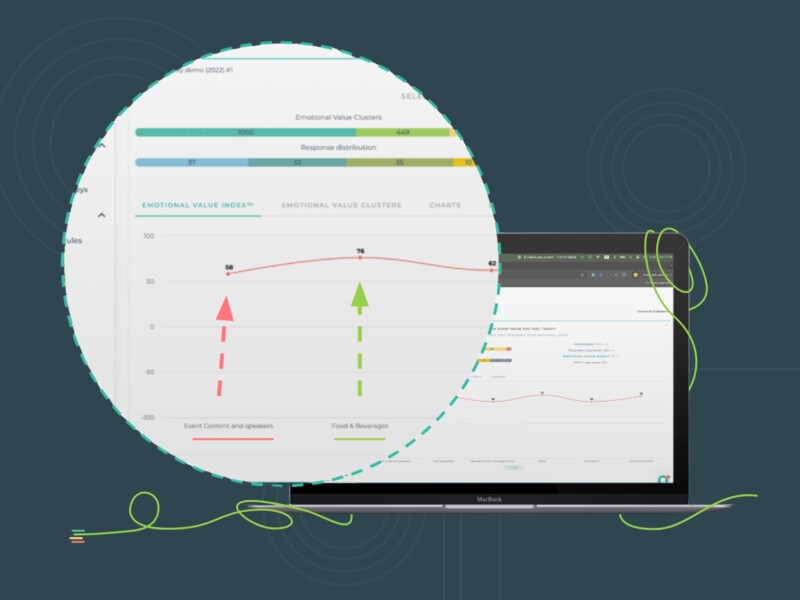Customer journey mapping is a hot topic in the world of customer experience (CX). It is a powerful tool that enables companies to monitor the many customer touchpoints within their organisation, while continuously improving processes and developing a world-class customer experience.
Even though it seems like a relatively new concept, the reality is that we have been following customer journeys for centuries without really knowing it. Take the local tailor in a small rural town for instance; the tailor would stand out on the street calling customers into the store, he/she would then help customers to choose the perfect outfit, would wish them well as they leave the store and would provide personalized customer service if any issues arose.
The difference nowadays is that not only are we aware of the customer journey, we also have the technology and tools needed to map that journey, continuously monitor each touchpoint with feedback and immediately implement changes based on real data.
However, understanding the customer journey and mapping out each customer touchpoint is only the first step. Now that you have the data at your fingertips, the real value comes from taking action. Here are our 5 top tips for boosting customer experience using customer journey maps.
1. Identify Pain Points and Prioritize Improvements
Customer journey mapping allows you to gain insights into how your customers think and what motivates them. By listening to and understanding your customers throughout the entire customer journey you can easily identify pain points and make changes that truly make a difference. Being able to empathize with your customers and understanding their needs is a vital part of the customer experience and is integral to your company’s long-term success.
2. Personalize Customer Experience
In the age of the internet, customers are now more knowledgeable and powerful than ever before. With so many alternatives to choose from, the most effective way to stand out from the crowd nowadays is to add a personal touch. By monitoring each interaction with your customers at every touchpoint of their journey you will begin to develop relationships, identify them personally and tailor their experience based on their specific needs. Make your customer feel valued and show them that you really care.
3. Use Multichannel Feedback and Analysis
We all understand the importance of monitoring your customers’ past behaviours and trying to make predictions for future trends. But why stop there? Why not directly ask customers what they want at each point of their journey? By utilizing tools like Feedbackly you can find out what customers are thinking at each touchpoint, easily analyze and compare the results, and develop a customer journey map to guide your customers seamlessly through the terrain of your sales process.
4. Create Tailored Marketing Content
Another way to effectively utilize your customer journey map is to create tailored marketing content and targeted advertising based on the information that you’ve gathered directly from your customers. Create incentives for your customers to provide you with contact details and build an email marketing database as you learn what they think about your products and brand. Develop tailored content and marketing campaigns that appeal directly to the consumers who have already purchased your products to increase ROI.
5. Include Your CX Vision in Your Corporate Strategy
This is possibly the most important aspect of customer experience. Having spent valuable time and effort on mapping your customer journey, gathering feedback, analyzing results and developing a plan to continually improve customer experience, you don’t want to fall at the final hurdle. A customer journey map is not very effective unless everyone in the company is aware of it, from CEO to the mail room. Include your CX vision in your corporate strategy and ensure that it is considered when all major and minor decisions are made. By encouraging everyone to drive in the same direction you will make the journey a lot smoother for your customer.




